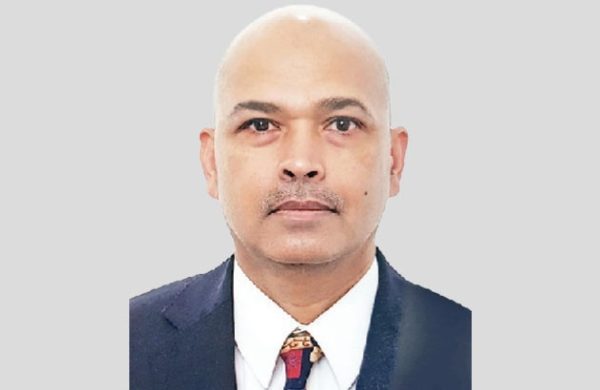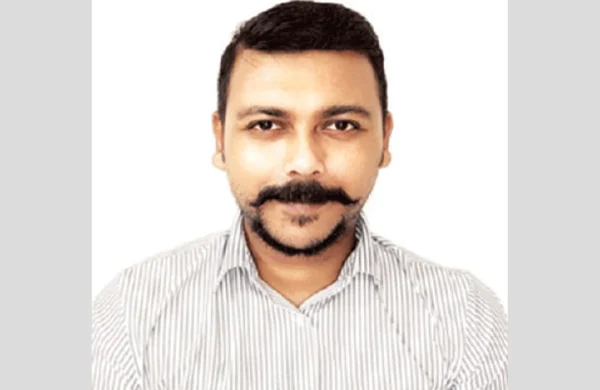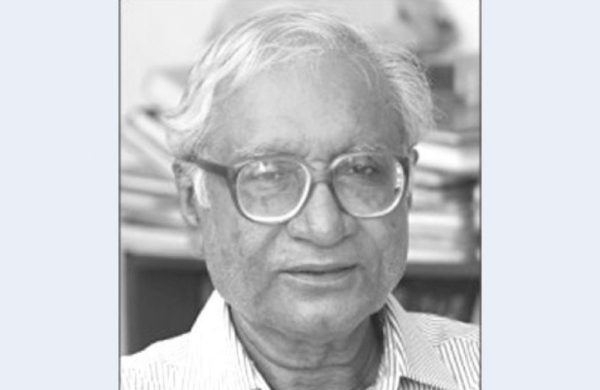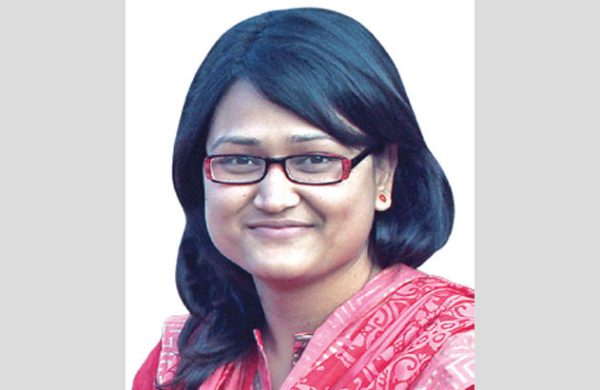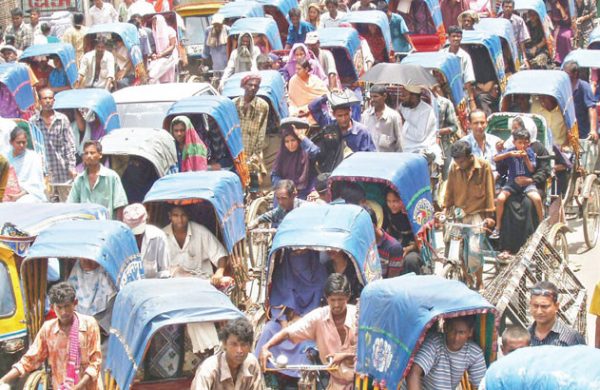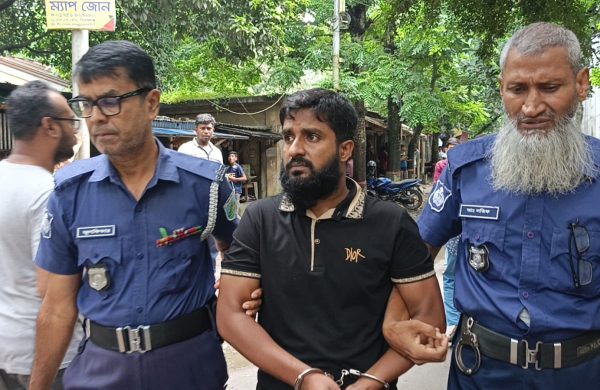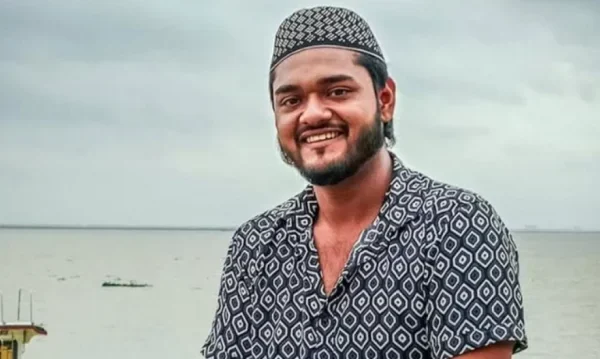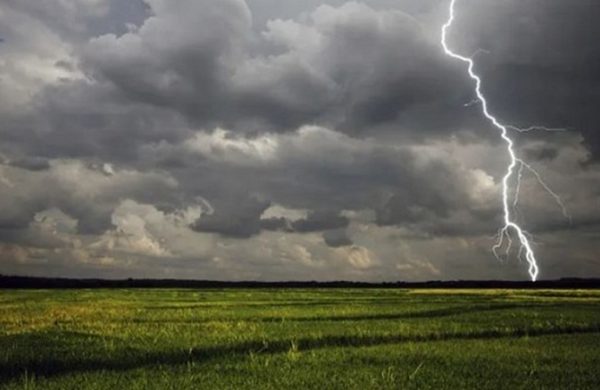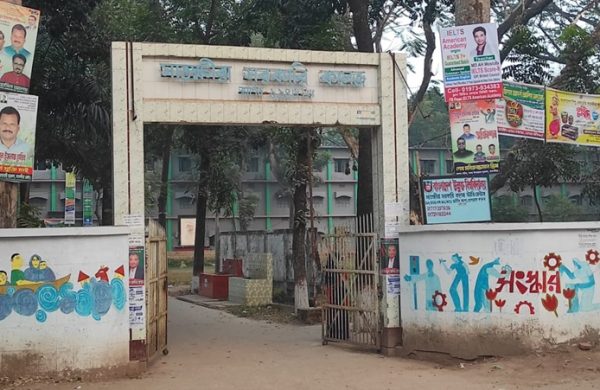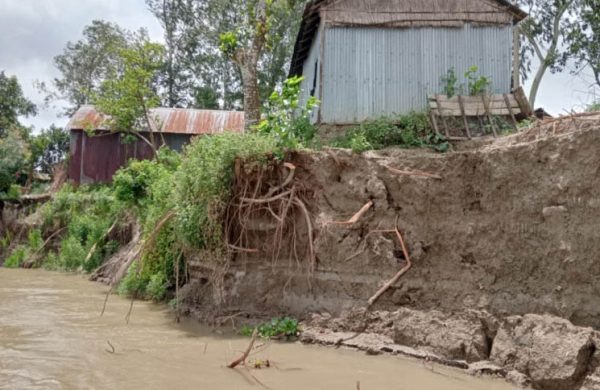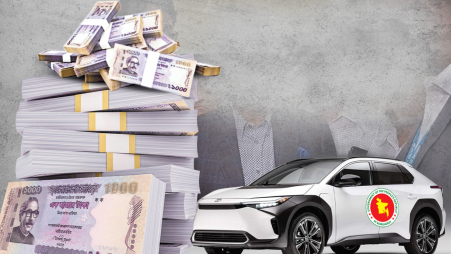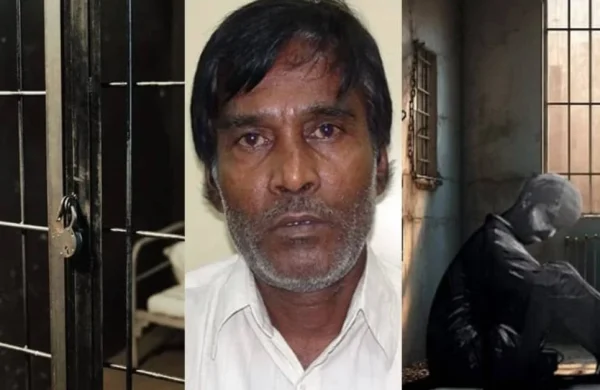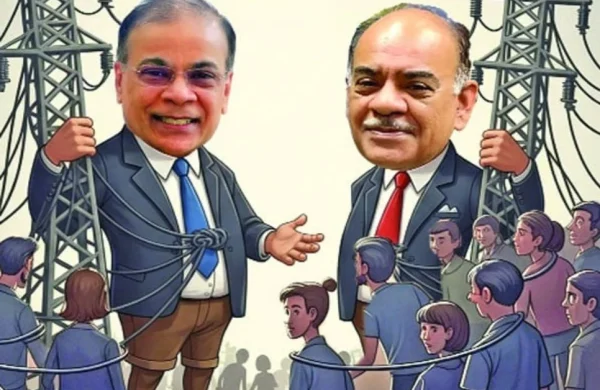When police stand by, mobs step in
- Update Time : Thursday, August 21, 2025
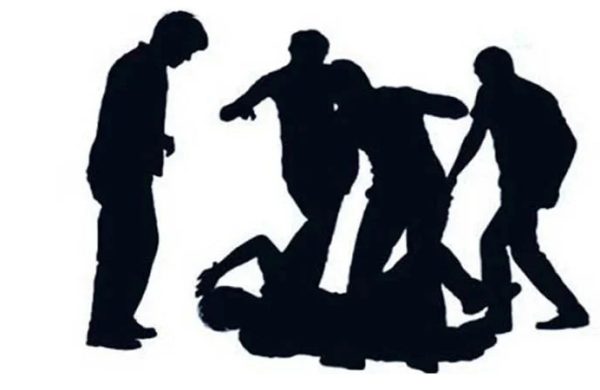
TDS Desk:
On August 9, two men, Ruplal Robidas, 40, and his relative Pradeep Lal Robidas, 35, were beaten to death in a frenzied mob attack in Rangpur’s Taraganj upazila. Ruplal was a cobbler, and Pradeep drove a rickshaw van — ordinary citizens by any measure.
Video clips of the attack have since gone viral. Yet, nearly two weeks later, police have arrested only four men out of the dozens seen striking the fatal blows.
Prothom Alo confirmed that at least seven attackers were positively identified from the footage. Police say those men have “gone into hiding” and that operations are underway to arrest them. But if this is the pace of investigation in a case with video evidence, what happens when no one is filming?
MYSTERIOUS REASONS
“If the police wanted, they could have arrested them easily,” Maloti Rani Robidas, Ruplal’s widow, who filed the murder case, recently said.
“But police are avoiding it for mysterious reasons. We hear the attackers are moving about openly in the Burirhat area,” she added.
On the night of the killings, 12 to 14 policemen were present at the scene. Eyewitnesses and officers confirm they left without rescuing the victims — a curious instance of inaction.
The Taraganj police OC later claimed they were “too few in number”. Too few compared to what exactly? Armed gangs? Or unarmed residents?
This unwillingness to engage citizens and stop them from killing others is rather disturbing and almost akin to letting armed criminals roam about our streets and alleys. Was it truly impossible to hold the ground and call for urgent reinforcements? And if officers were there in person, how could they fail to identify the attackers immediately afterwards?
Exactly a month earlier, on July 9, an Old Dhaka trader Sohag was crushed to death with concrete blocks in sight of an Ansar camp near Mitford Hospital.
That attack, too, was caught on video. And within 10 days, four had confessed in court.
Why do some cases see swift action while others get neglected?
THE MORALE EXCUSE
According to Ain o Salish Kendra, at least 111 people were killed in mob violence between January and August 10 this year.
Yet top police officials have been quick to cite “lost morale” since last year’s mass uprising — a phrase that has become an all‑purpose explanation for everything from rising crime to sluggish emergency responses.
The interim government has tried to restore confidence with new leadership, higher risk allowances, and a wave of promotions.
Still, by the police chief’s own admission, the force is operating at “perhaps not even fifty percent” effectiveness.
Low morale is not a licence to abandon duty. Fear of reprisal, lack of experienced commanders, and family pressure to avoid risky situations may explain hesitation. But they hardly excuse it!
In recent months, multiple viral videos have shown officers standing by as crimes unfolded: a journalist assaulted in Gazipur, a machete‑wielding mugger strolling past a traffic cop in Dhanmondi, and a mob attacking former chief election commissioner KM Nurul Huda in front of police. These are clear instances of law enforcement agency’s criminal inaction.
How long will the police be allowed to hide behind this “lost morale” excuse before they are charged for negligence of duty? And if officers cannot act when lives are at stake, the honest course is not to hide behind an excuse, but to step aside for those who will.
In cases like Taraganj, the absence of swift justice sends a message to whomever it may concern that mobs can kill with impunity. And each unchallenged attack erodes the fragile contract between citizens and the state, replacing it with fear and cynicism. (Source: The Daily Star)


